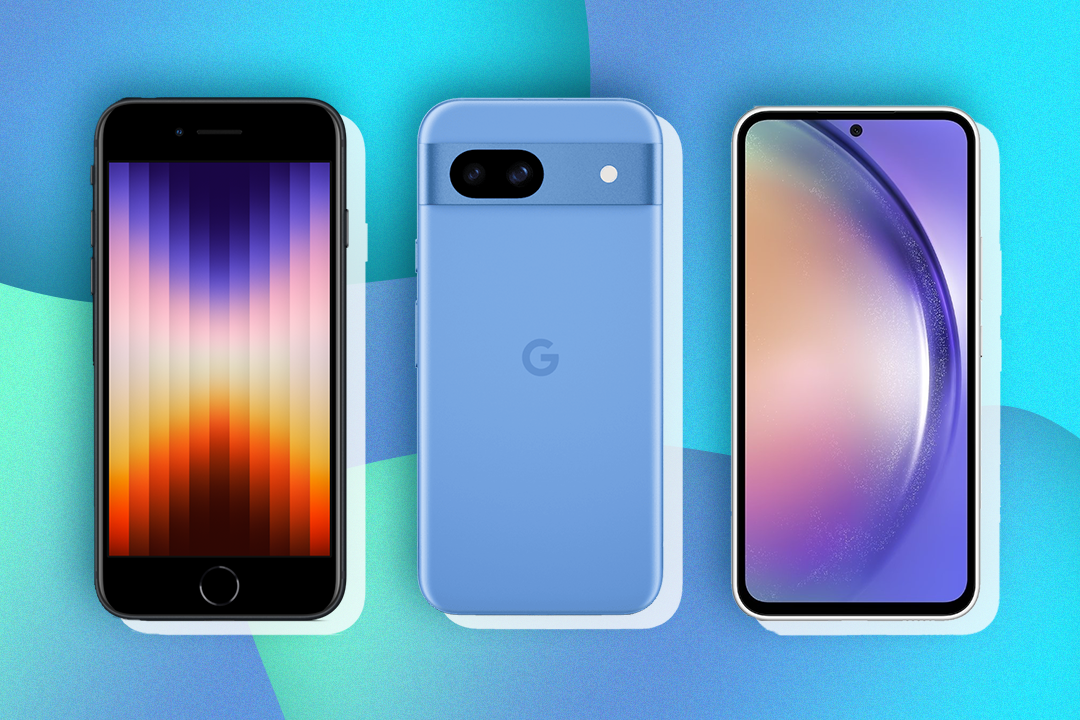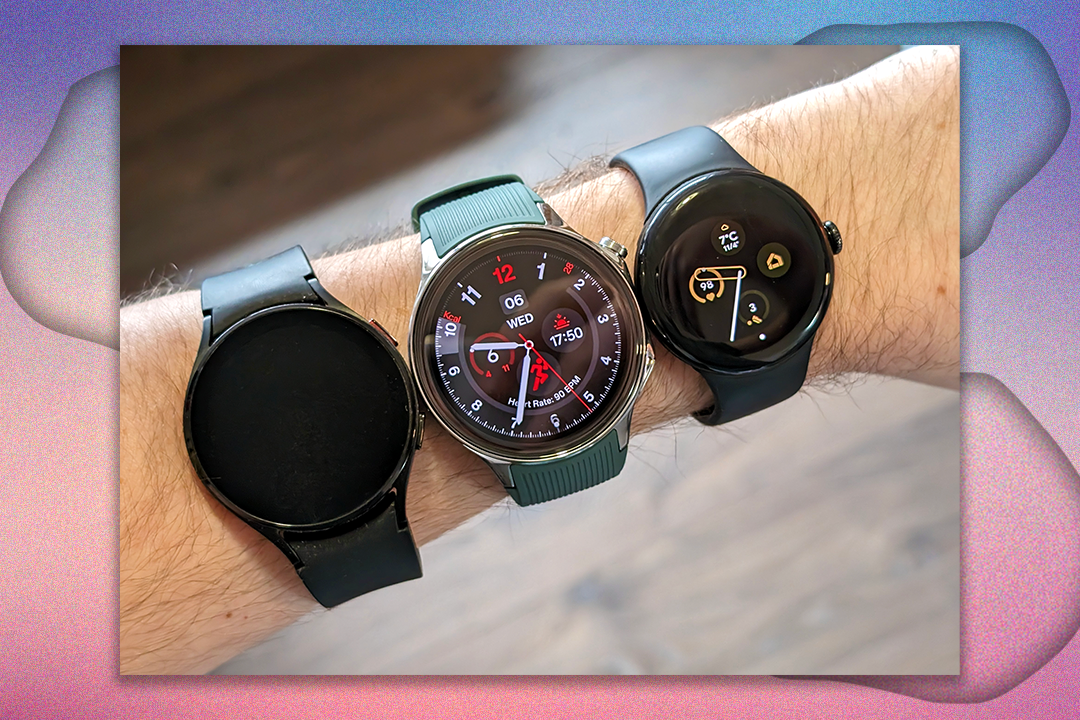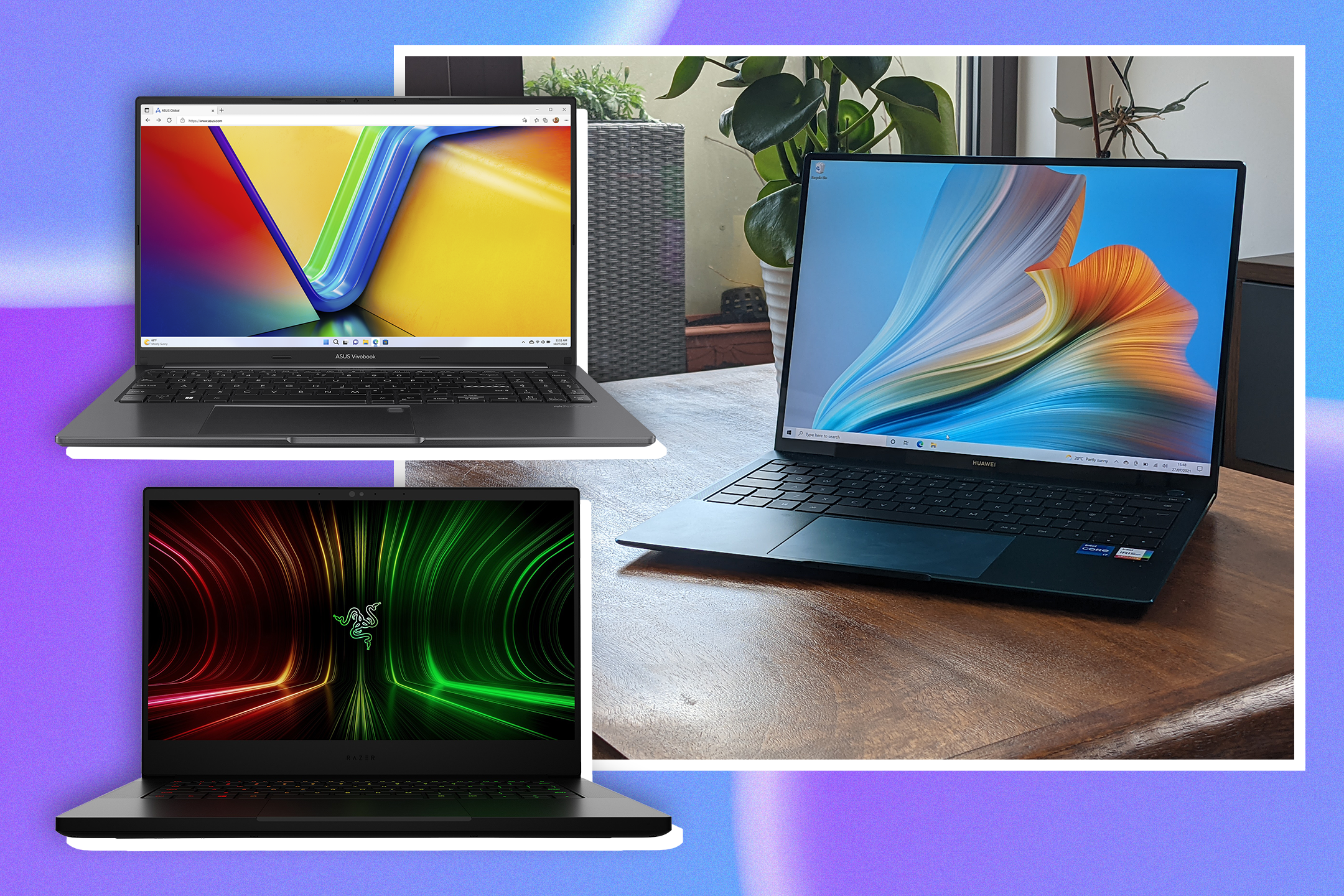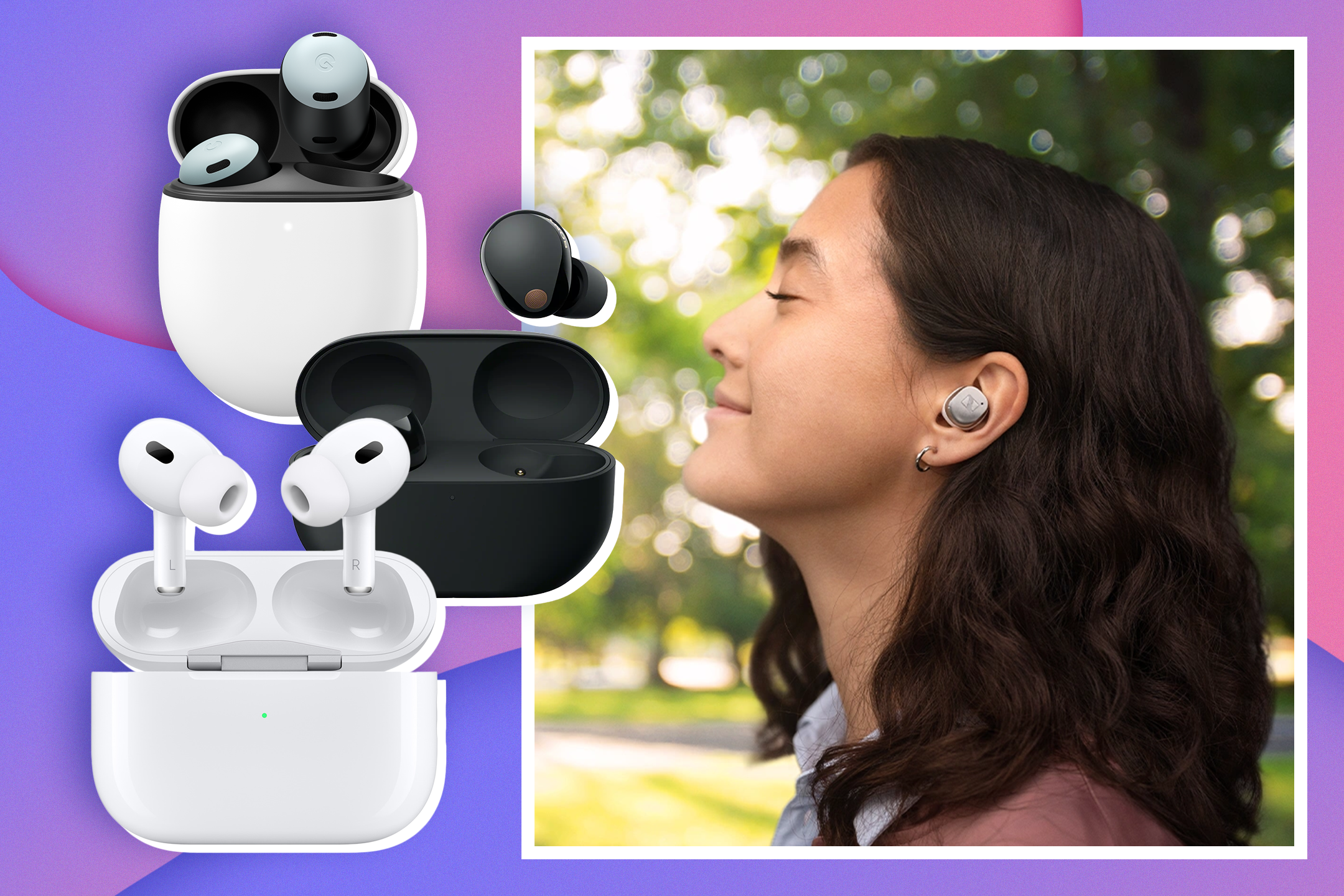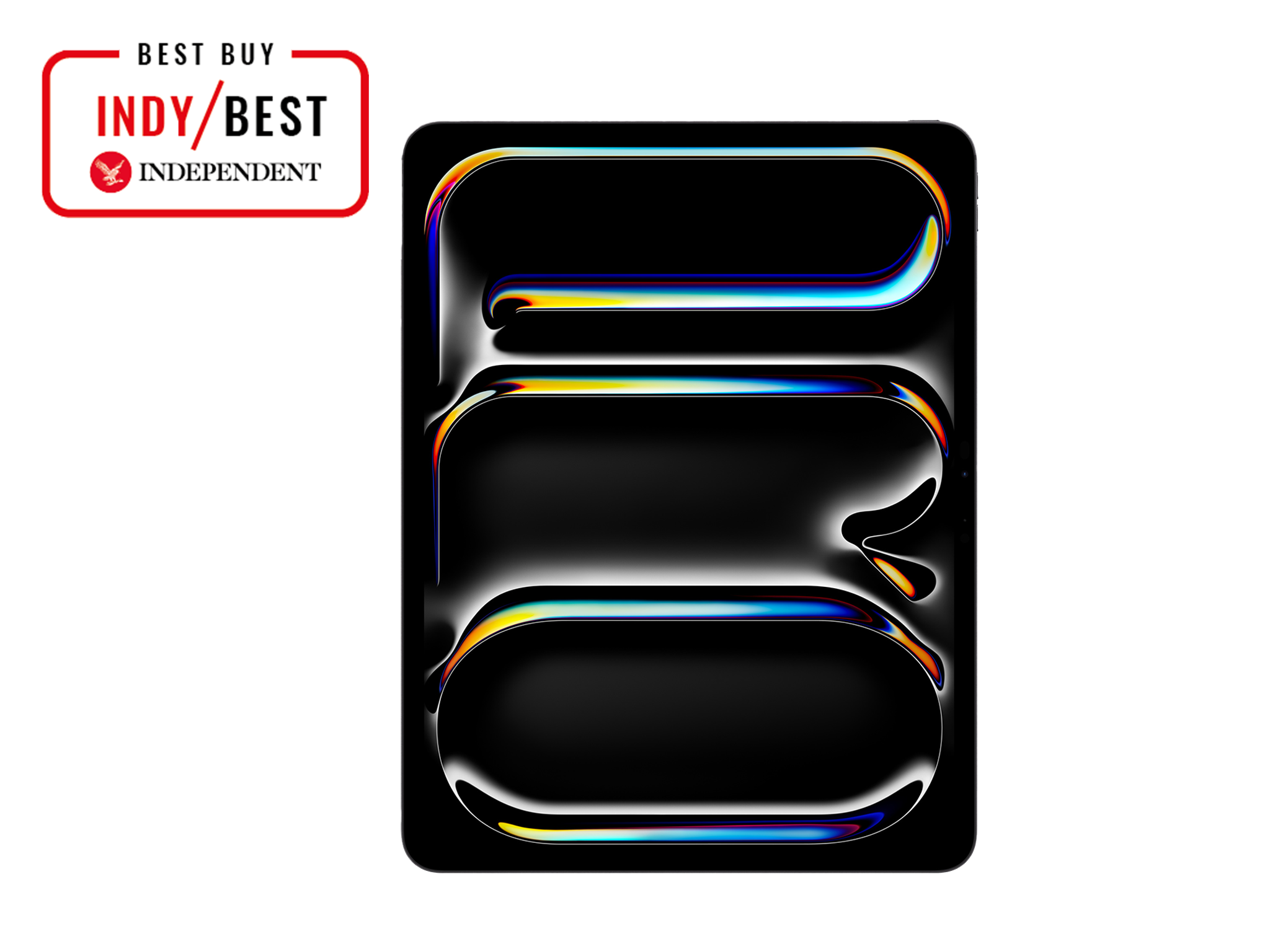
The Independent's journalism is supported by our readers. When you purchase through links on our site, we may earn commission. Why trust us?
10 best tablets 2024: iPads, Samsung Galaxy models and more reviewed
We’ve put tablets for all budgets to the test
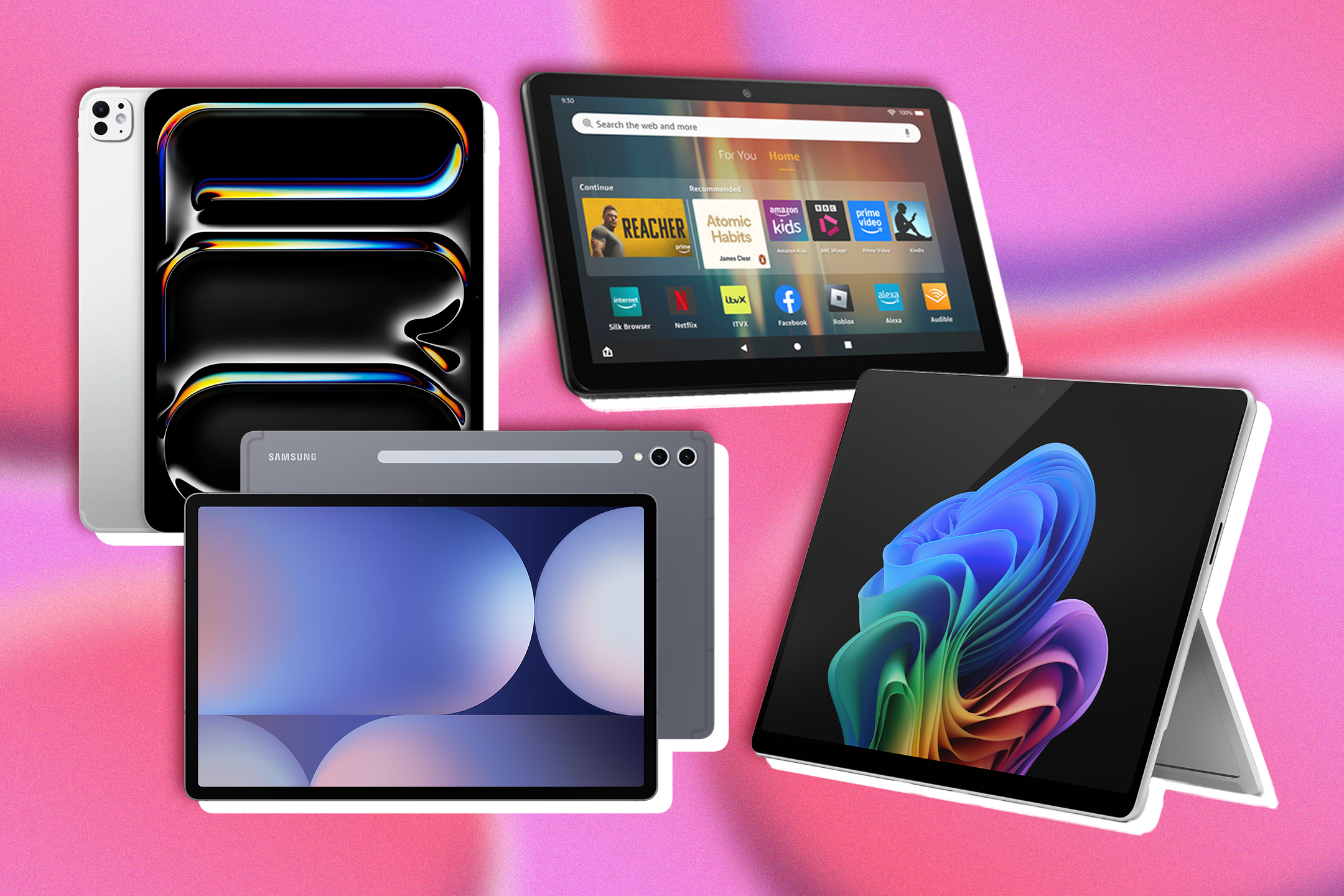
Tablets have come a long way since Apple launched the iPad more than a decade ago. It wasn’t the first tablet on the market but it was – and remains – the most important. Its sleek design, unbelievably intuitive interface and its carefully optimised apps made it an immediate hit, and successive releases have built on the original offering.
The range of available apps is now around 1.8 million, and the ones for the iPad are either unique to or optimised for the larger display a tablet offers. Apple’s range still dominates, but there are plenty of other brands that have made tablets of their own.
For value, it’s hard to beat the basic but highly useful fire range from Amazon. Samsung makes tablets with high-end OLED screens, while Microsoft squeezes a full-on Windows computer into a thin glass-and-metal slab. All have wifi connectivity and a few – mostly from Apple and Microsoft – have options with cellular connectivity, so you can stay online wherever there’s a mobile signal. Although, these cellular options have a price premium.
No longer is a tablet just a convenient way to consume video or read an ebook. Now, you can use tablets like regular laptops, with a keyboard option; a digital canvas (with the addition of a stylus), or play thousands of video games.
Keep scrolling for our pick of the best tablets on the market right now.
How we tested
Fore each of the tablets, the first test was to see how easy it was to set up, and how quickly you could use it after opening the box. We looked at how straightforward it was to use the devices, and how quickly we could transfer personal data to them. Apple’s system was almost impossible to beat in this regard: place the iPad near to your old iPhone or iPad and leave the two gadgets to get on with it.
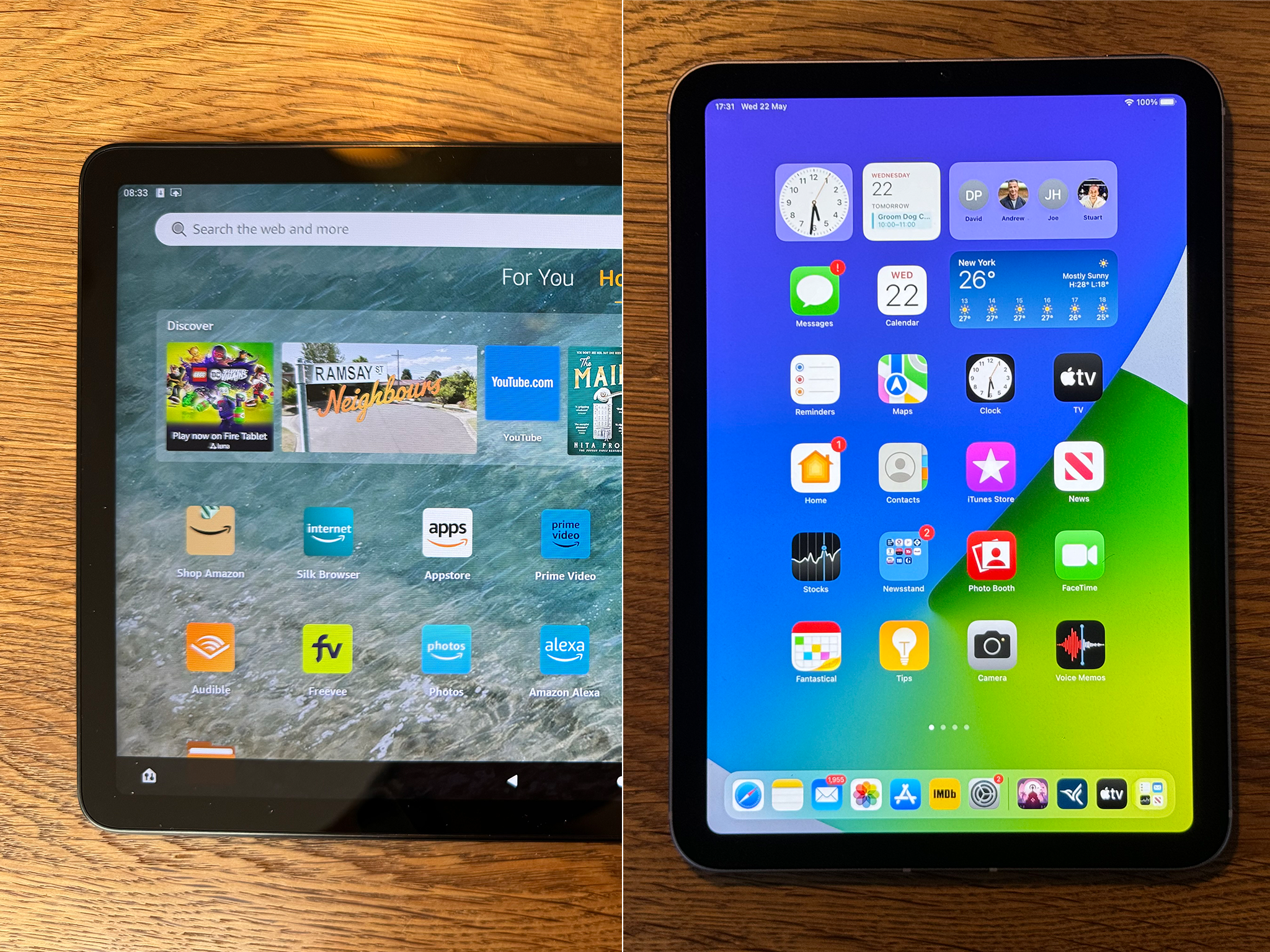
We examined how good the screens were, how rich and detailed, how easy they were to see in sunlight, and how faithful an experience it was when it came to video playback, including how it sounded. Other concerns were battery life, of course, and how fast and responsive the processor is. Some tablets really struggle if you make a halfway decent demand of them, others soaraway, whatever you throw at them.
Then there’s price: since the fastest tablets are nearly always the most expensive, do you need all that processing power or should you manage with something cheaper but still fast enough? Read on for the answers.
The best tablets for 2024 are:
- Best overall – Apple iPad pro 13in: £1,249, Amazon.co.uk
- Best budget buy – Amazon Fire 7: £64.99, Amazon.co.uk
- Best Samsung model – Samsung Galaxy Tab S10+: £999, Amazon.co.uk
- Best Google model – Google Pixel tablet: £499, Amazon.co.uk
- Best value Apple model – Apple iPad, 10th generation: £314.98, Amazon.co.uk
Apple iPad pro 13in

- Best: Overall
- Operating system: Apple iPadOS 17
- Screen size: 13in
- Screen resolution: 264 pixels per inch
- Storage capacity: 128GB, 256GB, 512GB, 1TB, 2TB
- Dimensions: 281.6mm x 215.5mm x 5.1mm
- Weight: 579g
- Why we love it
- Stunning design
- Immersive, bright display
- Blazing performance
- Take note
- Pricey
- More than most people need
The iPad pro has just had a makeover and it’s leagues ahead of its already-impressive predecessor. The display, which comes in 13in and 11in options, now uses OLED technology for the first time. OLED is punchy and contrasty with faithful colours. But it’s not that bright, a problem which Apple has successfully overcome by using something called Tandem OLED, where two displays are used together to boost brightness. It looks glorious.
The design has been upgraded to be light and thin: the new pro is the thinnest Apple product ever, thinner even than the iPod nano in fact. It feels remarkably light and portable. And it’s very fast, introducing an all-new processor, the Apple M4, which should be capable of AI features predicted to land on Apple products later this year. There’s only one rear camera now, instead of two, but the front camera has moved to the long, landscape edge, which is much better for video calls. It’s also compatible with lush new magic keyboard and pencil options. It’s really not cheap, but it packs so much in, that it’s good value.
Amazon Fire 7
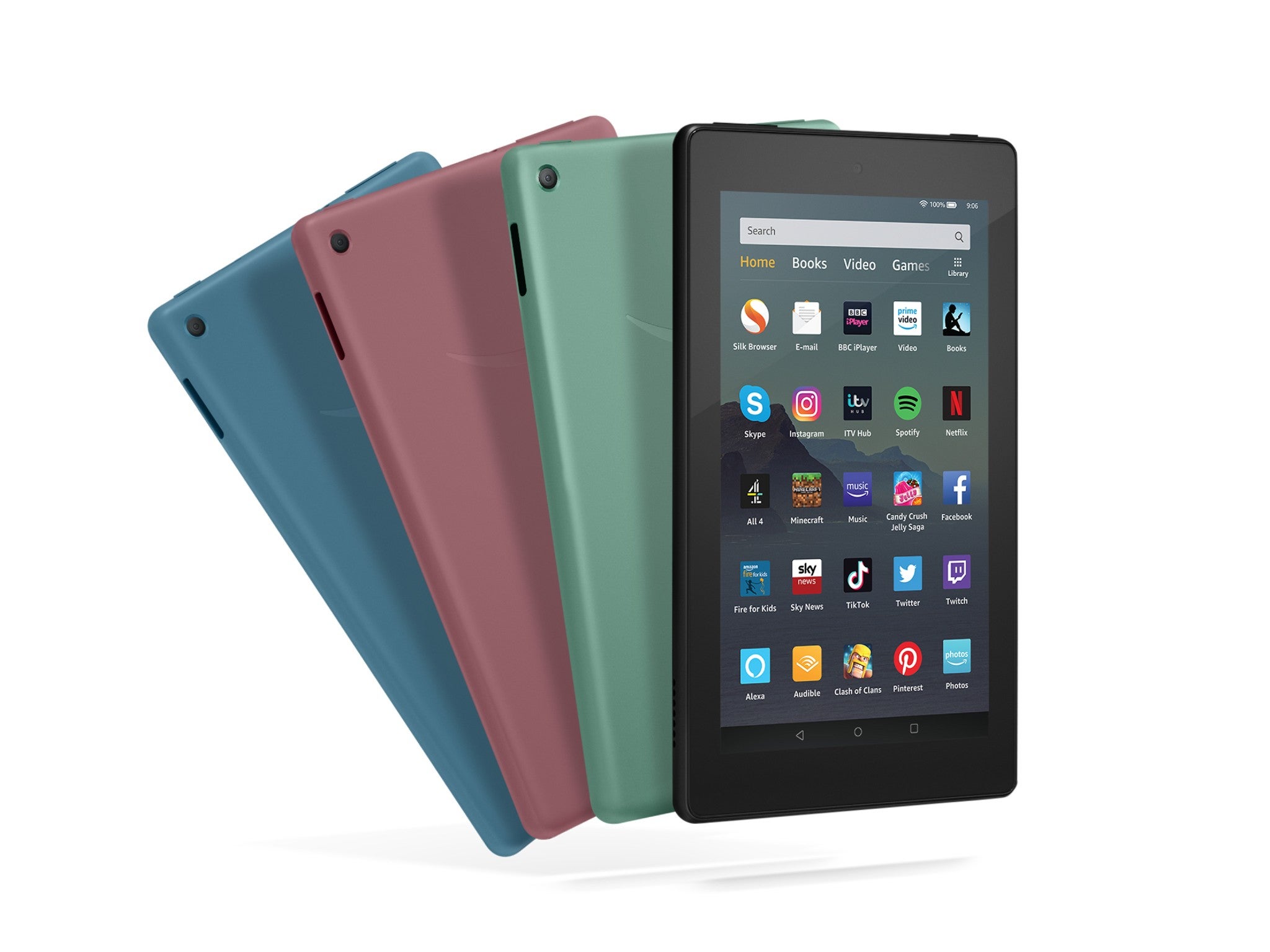
- Best: Budget buy
- Operating system: Amazon Fire OS
- Screen size: 7in
- Screen resolution: 171 pixels per inch
- Storage capacity: 16GB, 32GB
- Wifi or wifi and 4G: Wifi
- Colour choices: Black, rose, denim
- Dimensions: 181mm x 118mm x 9.7mm
- Weight: 282g
- Expandable storage: Yes
- Battery life: 10 hours
- Why we love it
- Unbeatable value
- Take note
- FireOS is tied to Amazon products and services
The latest entry-level fire tablet is pricier than the last one, but it has a faster processor and much longer battery life – now matching the iPad. It’s still hard to find a cheaper tablet from a decent brand.
The 7in display means this is lightweight and effortlessly portable. The screen is fine, though others have higher resolution. It works especially well for books and audio books, though the e-paper screen of Amazon’s dedicated Kindle ebook readers is easier on the eye. If you’ve bought Amazon movies, Kindle books and Audible audiobooks, they are automatically available. Storage is less than on many rivals but enough for most users. At £65, the price is the real thing to notice here.
Samsung Galaxy Tab S10+
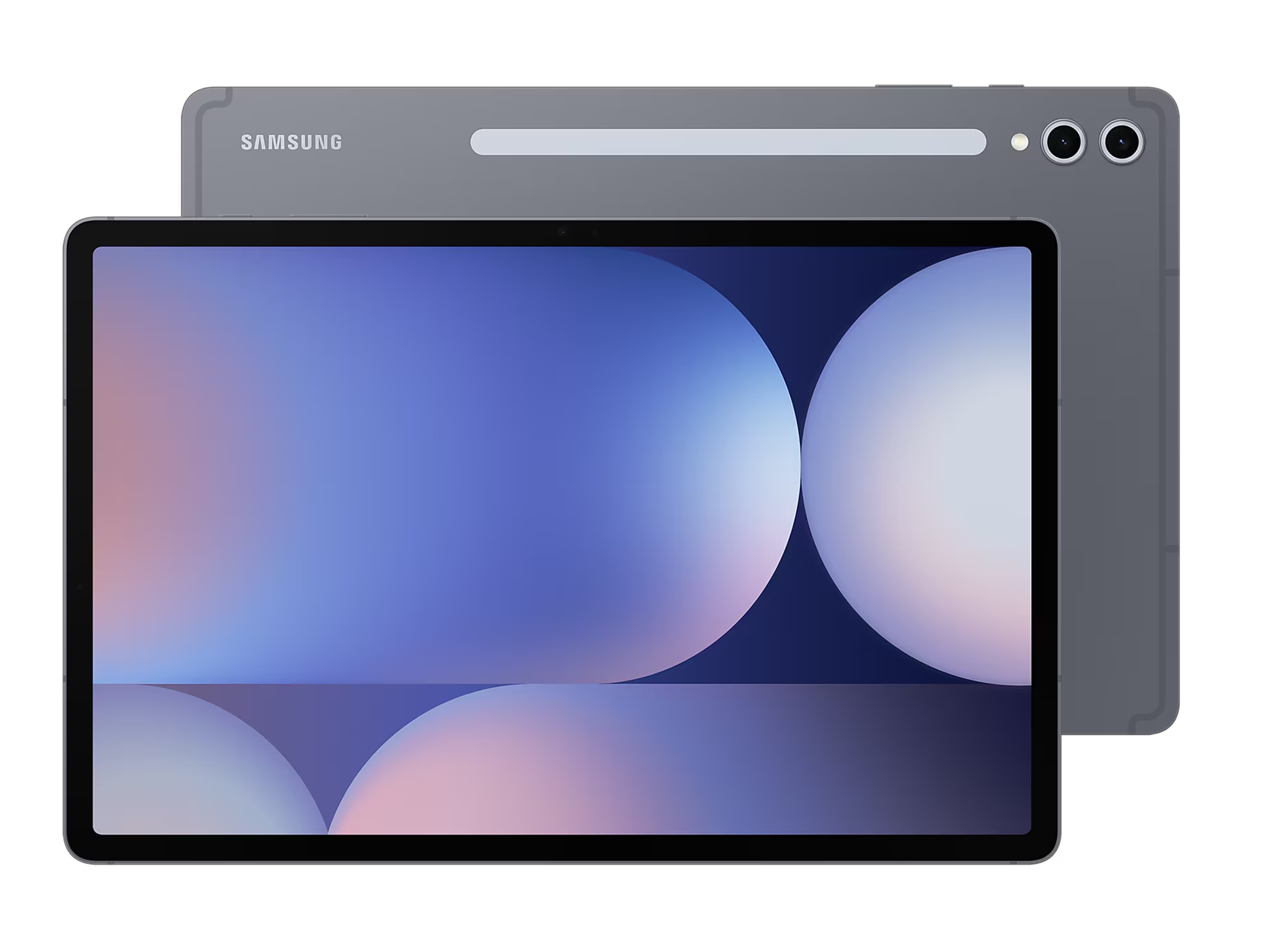
- Best: Samsung model
- Operating system: One UI (Android)
- Screen size: 12.4in
- Screen resolution: 2,800 x 1,752px
- Storage capacity: 256GB, 512GB
- Dimensions: 285.4mm x 185.4mm x 5.6mm
- Weight: 571g
- Why we love it
- Powerful performance
- Premium build quality
- S Pen stylus included
- Impressive and large OLED screen
- Useful AI features
- Take note
- Expensive
The Samsung Galaxy Tab S10+ is a high-performance Android tablet and the iPad’s only serious competition in the price range. Samsung’s tablet beats Apple in a few key areas: it features a class-leading 12.4in OLED display running at a silky smooth 120Hz; it comes with the S Pen stylus included as standard; and it’s packed with Samsung’s fancy new AI features, which let you organise your transcribed meeting notes, translate between speakers, edit your photos with generative AI tools and more.
The Galaxy Tab S10+ is thin, lightweight and waterproof, with an all-round premium build quality that feels tough and reassuringly expensive when held. Besides the screen size and battery, the Galaxy Tab S10+ shares the same specifications as the top-end Galaxy Tab S10 Ultra (£1,035.05, Amazon.co.uk) – meaning you get blistering fast performance even when running multiple apps side by side. The basic, non-plus model was discontinued this year, in case you’re wondering.
Samsung’s One UI operating system is built on Android software, but on the Galaxy Tab S10+ it functions more like a desktop interface when needed. Connect to a TV and you can use a Bluetooth keyboard and mouse for an even more desktop-like experience – perfect for staying productive when travelling.
Microsoft Surface Pro (11th edition)
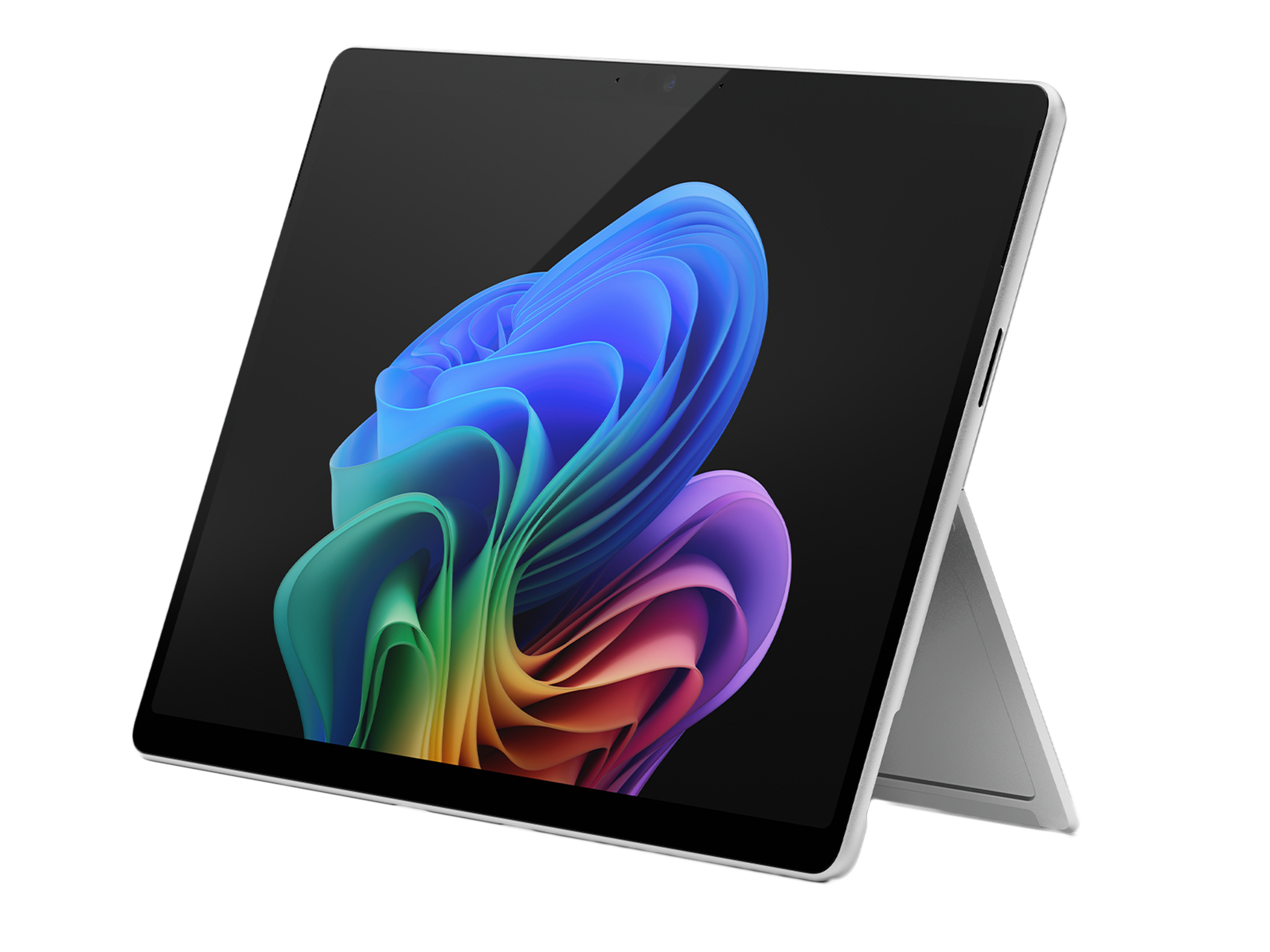
- Best: Microsoft tablet
- Operating system: Windows 11
- Screen size: 13in
- Screen resolution: 2,880 x 1,920px
- Storage capacity: 256GB, 512GB, 1TB
- Dimensions: 287mm x 208mm x 9.3mm
- Weight: 895g
- Why we love it
- Powerful Snapdragon processor
- Runs full-fat Windows
- New chip gives a huge boost to battery life
- Take note
- ARM chip still has some compatibility issues
Unlike other tablets, which use app-based mobile operating systems, the Surface Pro runs on a full version of Windows that’s been tuned for a touchscreen. That means it functions exactly like your laptop or desktop computer, giving you unbeatable versatility when it comes to installing niche software, tweaking settings and taking your work with you wherever you go.
Pop out the built-in kickstand, add a mouse and the optional (though expensive) flex keyboard cover (£139.99, Amazon.co.uk), and the Surface Pro essentially becomes a fully featured laptop. The more expensive, high-performance Snapdragon X Elite configuration gets a vibrant OLED display and the ability to connect up to three 4K external monitors. The Surface Pro is a remote worker’s entire setup, and it fits in a backpack.
Apple iPad air 11in
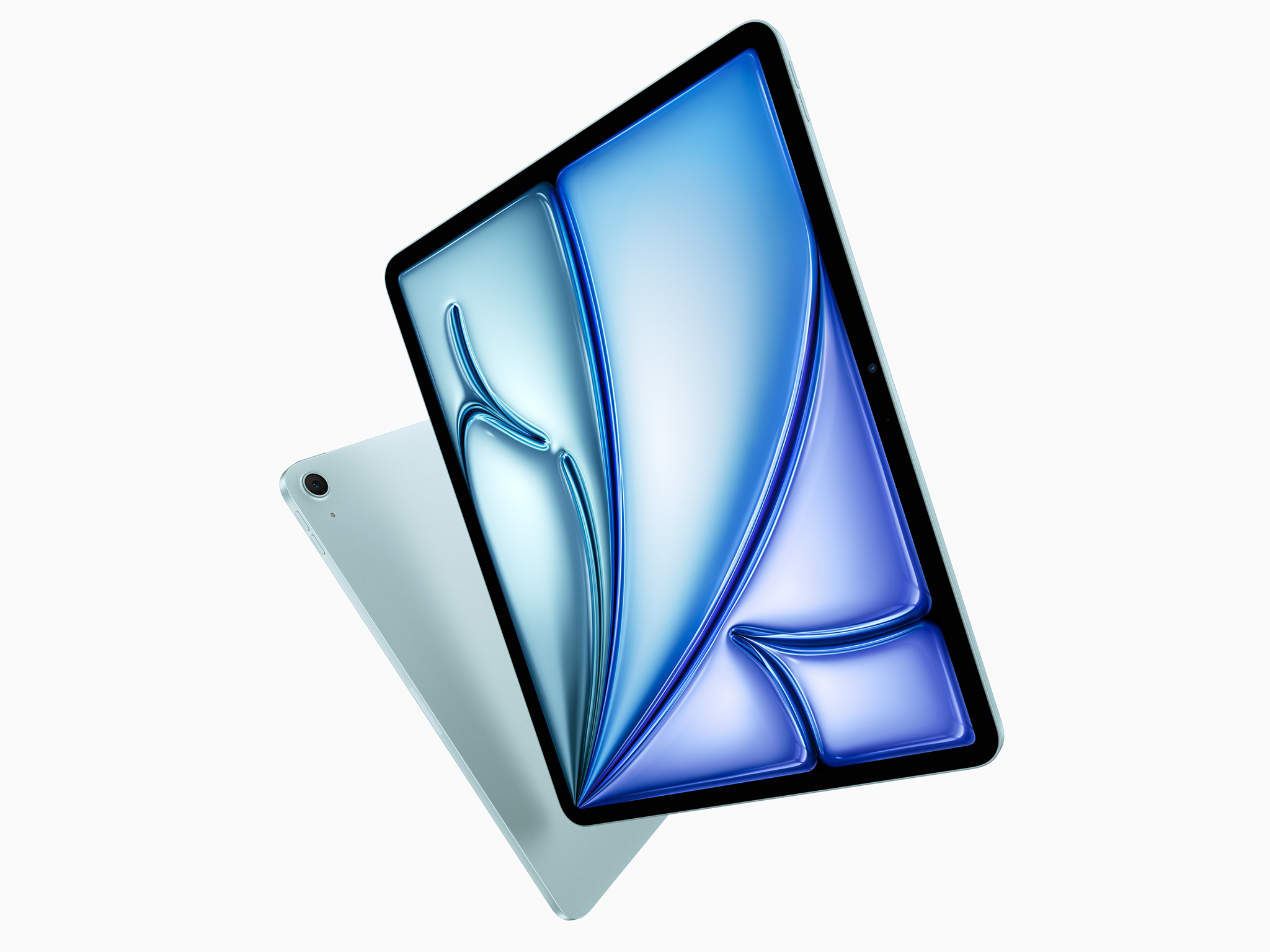
- Best: Tablet for design
- Operating system: Apple iPadOS 17
- Screen size: 11in
- Screen resolution: 264 pixels per inch
- Storage capacity: 128GB, 256GB, 512GB, 1TB
- Dimensions: 247.6mm x 178.5mm x 6.1mm
- Weight: 462g
- Why we love it
- Sharp, vibrant display
- Speedy performance
- Great value
- Take note
- No Face ID
The iPad air offers many of the functions, design and power of the iPad pro but for much less money. And now, it comes in two sizes, with an 11in or 13in screen. The price of the 11in is unchanged but the storage has doubled from 64GB to 128GB.
While it doesn’t have the OLED display or super-fast M4 processor of the pro, the display here looks great and the M2 processor is enough for almost everyone (it was fast enough for the last-generation iPad pro).
It’s light and highly portable, even in the larger size. It uses Touch ID in the power button rather than the Pro’s Face ID, but I find this convenient and effective. This is the Goldilocks tablet, offering stunning design and great performance but for a price which is a real bargain.
Samsung GalaxyTab S9 FE
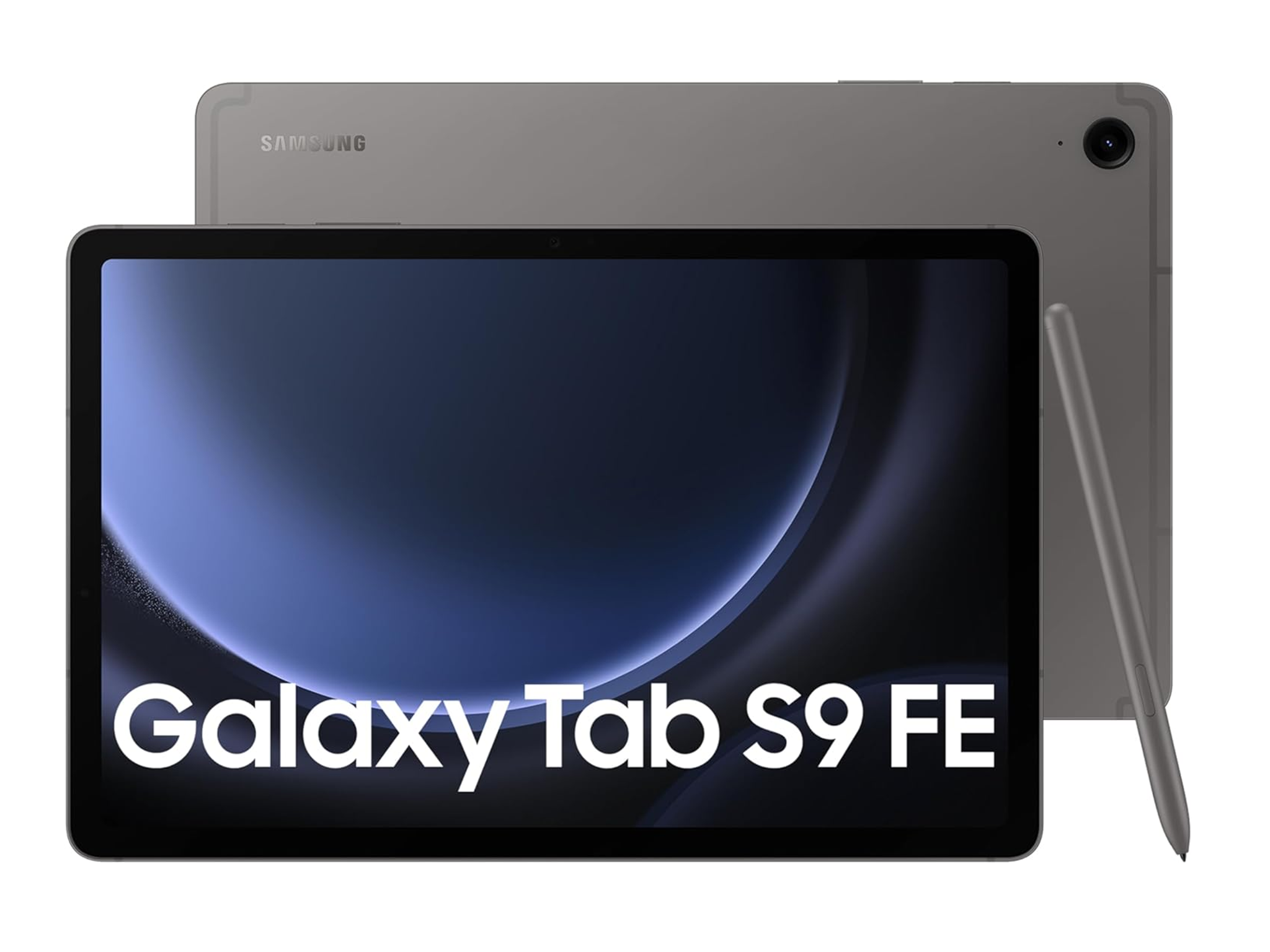
- Best: Mid-range Android tablet
- Operating system: One UI
- Screen size: 10.9in
- Screen resolution: 249 pixels per inch
- Storage capacity: 128GB, 256GB
- Dimensions: 254.3mm x 165.8mm x 6.5mm
- Weight: 523g
- Why we love it
- Superb value for money
- Excellent screen
- Comes with S Pen stylus
- Take note
- Poor cameras compared with the original S9 tablets
The Samsung Galaxy S9 FE (short for ‘fan edition’) is the pared-back version of the most premium tablet Samsung makes. Still impressively speedy, responsive and powerful, it trims away some of the more expensive features, while retaining most of the same functionality and design as the top-of-the-line model.
Samsung’s opted for a much lower-quality camera array, compared with the regular Tab S9, which makes a lot of sense for users who don’t plan on using their tablet for much more than the occasional video call. As a result, you get what is otherwise a premium tablet at a mid-range price.
You also get the pressure-sensitive S Pen stylus included, which is good news for illustrators and note-takers. While you miss out on the rich OLED display found in the most expensive Galaxy tablets, the 10.9in LCD screen is impressively bright and vibrant.
Want something bigger? The Samsung Galaxy tab S9 FE+ is a larger 12.4in variant of this tablet with extra RAM, a larger battery, but no 5G option available (£499, Amazon.co.uk).
Apple iPad, 10th generation
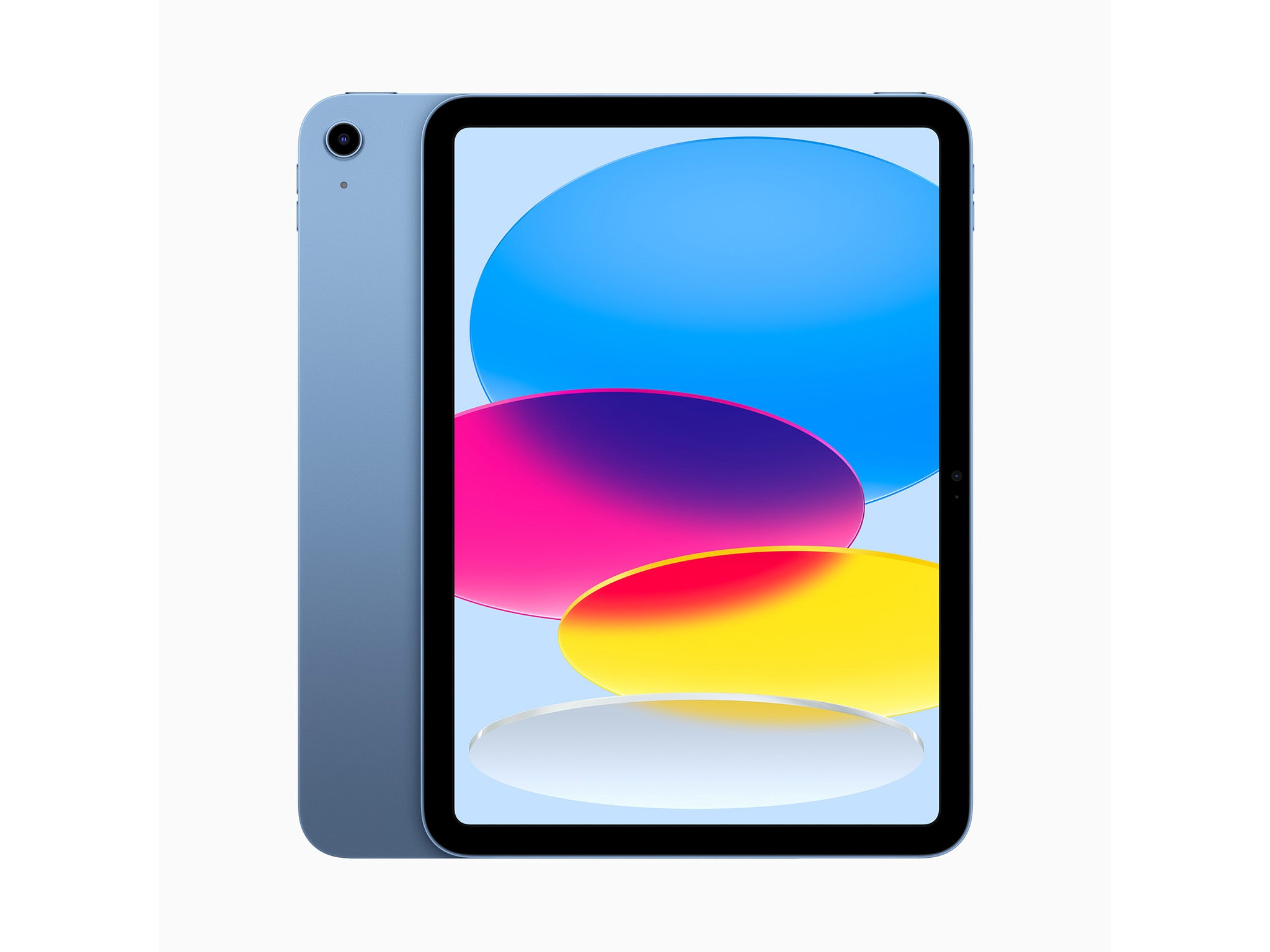
- Best: Value Apple model
- Operating system: Apple iPadOS 16
- Screen size: 10.9in
- Screen resolution: 264 pixels per inch
- Storage capacity: 64GB, 256GB
- Dimensions: 248.6mm x 179.5mm x 7mm
- Weight: 477g
- Why we love it
- Refreshed design
- USB-C port
- Great battery life
- Take note
- Needs a cable to charge the Apple Pencil
- Only compatible with first-gen Apple Pencil
The 10th-generation iPad is soon to be the oldest in the iPad range but the best in terms of value. First, it has upgraded the design to match the air, pro and mini (from £499, Apple.com) tablets, with cliff-edge flat sides and an all-screen front. The 10th-generation iPad has a touch ID sensor mounted in the power button, which works quickly and flawlessly. It also uses a USB-C connector instead of a lightning one. Plus, the display is bigger, while barely increasing the tablet’s overall dimensions.
It is only compatible with the first-generation pencil, not the improved version used on the air, pro and mini. Because the tablet’s connector doesn’t match the one at the top of the pencil, it means it links by cable to the tablet to charge it, which is a less elegant solution.
This apart, the 10th-generation iPad is stunning value, thanks to its great looks and outstandingly fast processor, which is easily powerful enough for most users. It also has the front-facing camera on the long side, not the short, making it excellent for video conferencing.
Google Pixel Tablet
- Best: Google model
- Operating system: Android 14
- Screen size: 9.8in
- Screen resolution: 2,560 x 1,600px
- Storage capacity: 128GB or 256GB
- Dimensions: 25.8cm x 16.9cm x 8.1cm
- Weight: 493g
- Why we love it
- Turns into a smart display when not in use
- Speaker dock sounds great
- Supports multiple users
- Take note
- Android apps still lag behind iOS
Google’s first tablet since it gave up on the Pixel Slate back in 2018, the Pixel Tablet is a genuinely clever hybrid of a smart home display and a traditional tablet. It comes with a stylish fabric-wrapped charging stand included. Pop the tablet on it when you’re not using it and it becomes a digital photo frame, smart home hub and smart speaker in one. It easily detaches from its magnetic mount and recognises multiple users’ fingerprints, so anyone in the house can pick it up and see just their own data on the device. There’s a guest mode, too, which is convenient if you’re hosting friends or family.
Oppo pad air
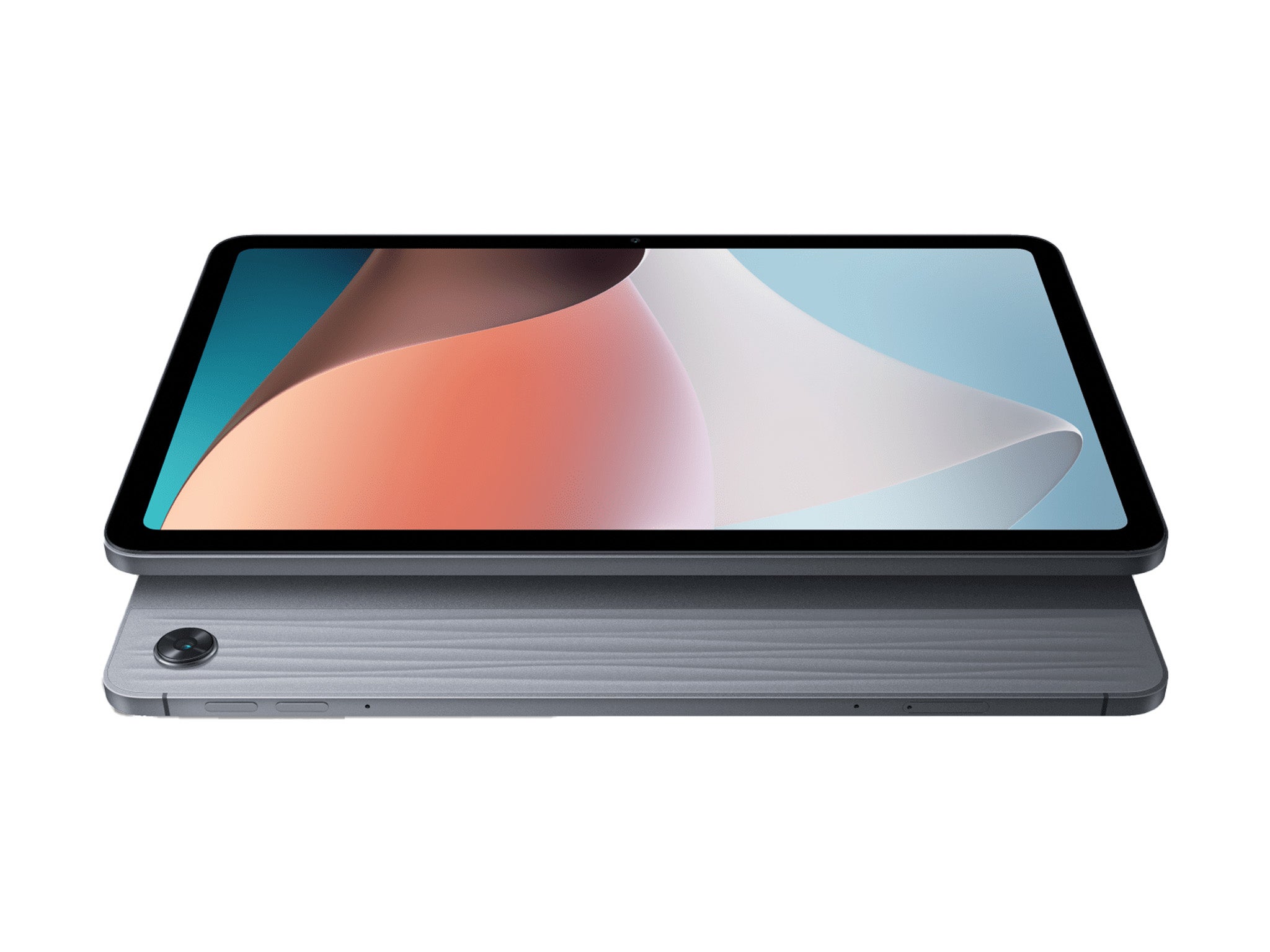
- Best: For a slim design
- Operating system: Android
- Screen size: 10.36in
- Screen resolution: 225 pixels per inch
- Storage capacity: 64GB, 128GB
- Dimensions: 24mm5 x 155mm x 6.9mm
- Weight: 440g
- Why we love it
- Decent build quality
- Take note
- Average battery life and performance
Try not to get the names confused here but, like the iPad air, Oppo’s pad air is slim and has sharp edges and flat sides. The Oppo has a textured top panel on the back, which looks good next to the aluminium panel. It’s light and slim, but feels solid, with no flex if you try to twist it. The display is good (very similar to the Nokia model) and makes video and games look good (though more advanced games such as 3D titles may stutter). Battery life is average, as is the performance.
Amazon Fire max 11
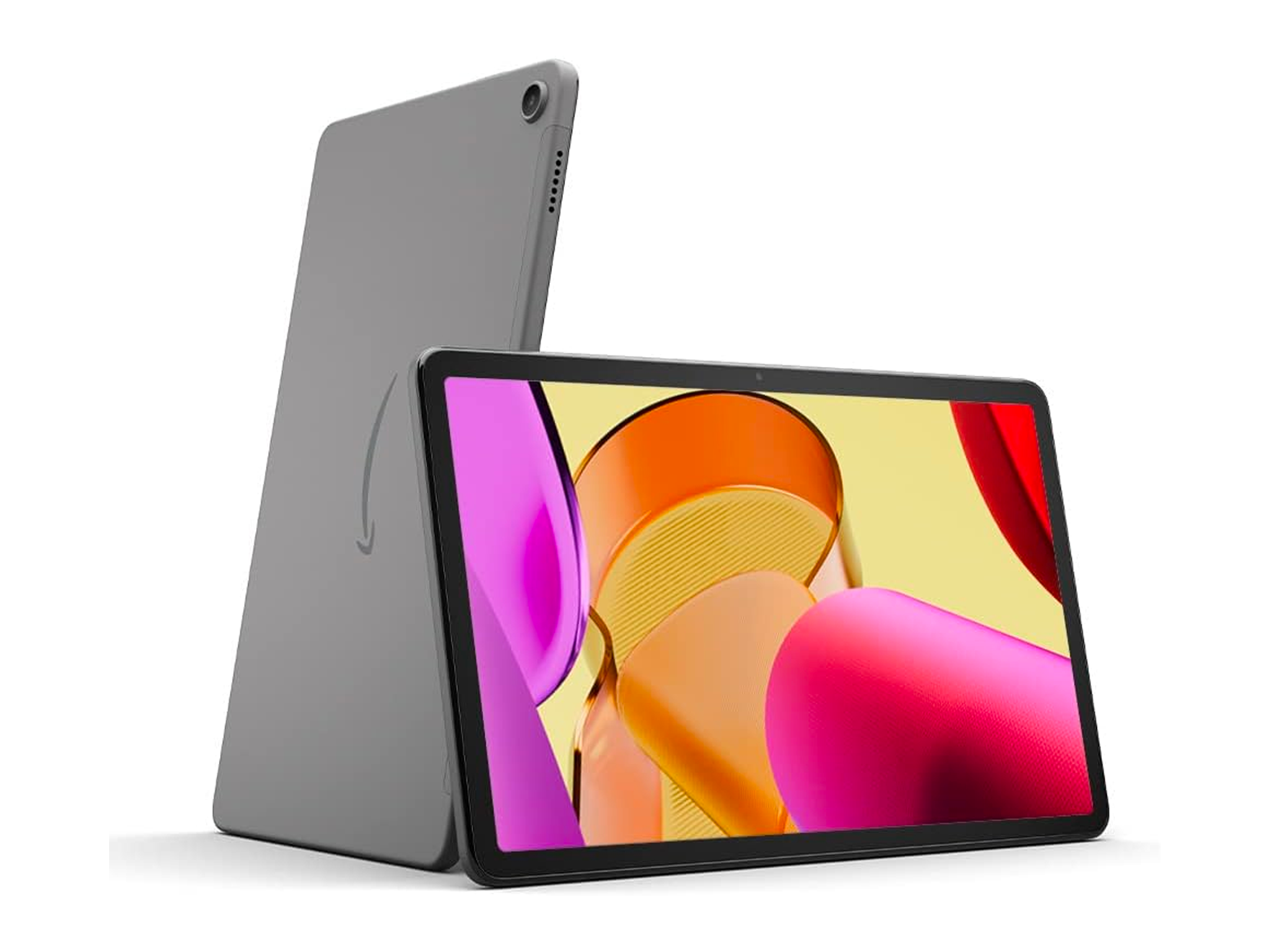
- Best: Full-size budget tablet
- Operating system: Amazon Fire OS
- Screen size: 11in
- Screen resolution: 213 pixels per inch
- Storage capacity: 64GB, 128GB
- Dimensions: 259.1mm x 163.7mm x 7.5mm
- Weight: 490g
- Why we love it
- Strong value
- Take note
- Amazon’s version of Android is limited
The Fire Max 11 has the same strengths (and weaknesses) as the Fire 7. It’s exceptional value, but the special forked version of Android called Fire OS has a more limited range of apps, though they’re all comprehensively tested. This is the most powerful in the Amazon range and it has the largest display, matching the size, though not the resolution, of the iPad Air. Battery life is very strong, at around 14 hours. It’s good for video playback, especially if you have an Amazon Prime subscription with its TV shows and films. The display is bright and colourful. This model also has a slicker, slimmer and more premium design than other Fire tablets.
Tablet FAQs
What is a tablet?
A tablet is a small, portable computing device that has a touch screen interface and is designed to be held in one or two hands. It lets you do many of the same things you’d do on your computer or laptop, such as browse the internet, use social media apps, emails and video calls, and, much like your mobile, a tablet can have apps installed on it and you can watch videos. They’re convenient for accessing content on the go.
Android vs Apple iPad tablets
The biggest difference between these tablets is the fact they have different operating systems. Apple’s iPad runs on iPadOS, while Android tablets, such as Samsung, run on Android. Often those who have an iPhone will find an iPad’s interface more familiar and vice versa.
Apple currently only has four different iPad devices on offer – iPad, iPad pro, iPad Air and iPad Mini – whereas Android has far more to choose from, including Amazon tablets.
As for software, we think Apple iPads pip Android, as they tend to be more stable and easier to use – Apple approves each app in the App Store, while Android’s Google Play has a lack of supervision, in comparison. Similarly, while Android has made strides with its devices, Apple’s remain easier to use, owing to their simplicity.
What size tablet do you need?
The size of the tablet you buy is very much down to personal preference and depends on what you want your tablet for. For example, you may choose to opt for something smaller if the main purpose for the device is for entertainment while travelling. While, if it’s for more extended use and work purposes, a larger device will be better.
On one end of the size scale, you have a 7in tablet, which is the smallest you can buy and often the cheapest – it’s an ideal choice if you want to be able to hold it in your hand and use it for reading. Some devices are 8in, such as the iPad mini, which you can still hold in one hand, but tend to be a little heavier.
If you’re looking for something a little larger, we’d suggest reaching for a device that is somewhere between 9in and 11in, there are plenty of tablets within this range, catering for different budgets. These larger tablets are more suitable for use over extended periods of time, for example, for work purposes, making them a great alternative to a laptop or computer.
As for those larger again, some tablets measure more than 11in and are again ideal for work when you can connect them to keyboards.
The verdict: Tablets
The iPad Pro is the ultimate tablet, with a stunning display and astonishingly fast performance. For Android users, the Samsung Galaxy Tab S10+ goes toe-to-toe with Apple’s best, beating even the iPad Pro when it comes to display quality. As for the last word in value, Amazon’s Fire 7 is the best tablet in terms of price and portability, if a 7in display is enough for you.
Get the full picture, with our round-up of the best laptops, whether you’re working from home or gaming on the go
Voucher Codes







